Getting a visa rejection can be disappointing, but it’s not the end of the road. Many visa rejections
can be rectified by carefully reviewing the reasons for the denial and addressing them in your
reapplication. Here are some key steps to help you successfully navigate the process of rectifying
a visa rejection:
1. Understand the Reason for Rejection
The first step is to thoroughly understand why your visa was rejected. Most countries provide
applicants with a written explanation or a specific code that outlines the reason for the denial.
Common reasons include incomplete documentation, lack of financial proof, or failure to meet
eligibility criteria (European Commission, 2023). Identifying the exact cause will guide you in
correcting the issue.
2. Address the Issues in Your Reapplication
Once you have identified the problem, address it head-on in your reapplication. If the rejection
was due to missing documents, ensure that all required paperwork is included and that it is
accurate and up-to-date. For instance, if the rejection cited insufficient financial proof, provide
more robust evidence such as bank statements, salary slips, or a sponsorship letter (U.S.
Department of State, 2023).
3. Review Your Application for Completeness
Carefully review your application for completeness and accuracy. Even minor errors or omissions
can result in a rejection. Double-check all forms and supporting documents to ensure they are
correct and consistent. Incomplete or incorrect information could raise doubts about your intent
to comply with the visa requirements (SchengenVisaInfo, 2024).
4. Consult an Expert or Immigration Lawyer
If you’re unsure about the reason for rejection or how to rectify it, consider consulting an
immigration lawyer or visa expert. They can provide valuable guidance on how to strengthen your
case and avoid repeating the same mistakes. An expert can also help you understand any
specific legal or procedural nuances of the country to which you’re applying (Immigration Lawyers
Association, 2024).
5. Appeal the Decision (If Applicable)
In some cases, you may have the option to appeal the visa rejection. Most countries allow
applicants to submit an appeal if they believe the decision was made in error. Check the specific
country’s regulations for the appeals process and ensure you submit any necessary
documentation and evidence to support your case (European Commission, 2023). Appeals usually
require a more in-depth explanation or evidence that you didn’t provide in your initial application.
6. Reapply After Rectifying Mistakes
If an appeal is not possible or you’re unsure about the chances of success, it may be best to
reapply. In your new application, ensure all the issues from the previous rejection are rectified. In
some cases, a new application may be stronger if you can demonstrate that you have taken the
time to address the previous concerns thoroughly.
Conclusion
A visa rejection doesn’t necessarily mean you are not eligible to travel or work in your desired
country; it just means that certain aspects of your application did not meet the required
standards. By understanding the rejection reason, rectifying the issues, and seeking professional
assistance when needed, you can significantly increase your chances of success in your next
application.
References:
- U.S. Department of State. (2023). Visa Denials: Common Reasons and How to Avoid Them.
travel.state.gov. - European Commission. (2023). How to Appeal a Visa Decision. European Commission
Website. - SchengenVisaInfo. (2024). What to Do After a Visa Refusal. SchengenVisaInfo.com.
- Immigration Lawyers Association. (2024). How to Handle a Visa Denial. ILA.org.

